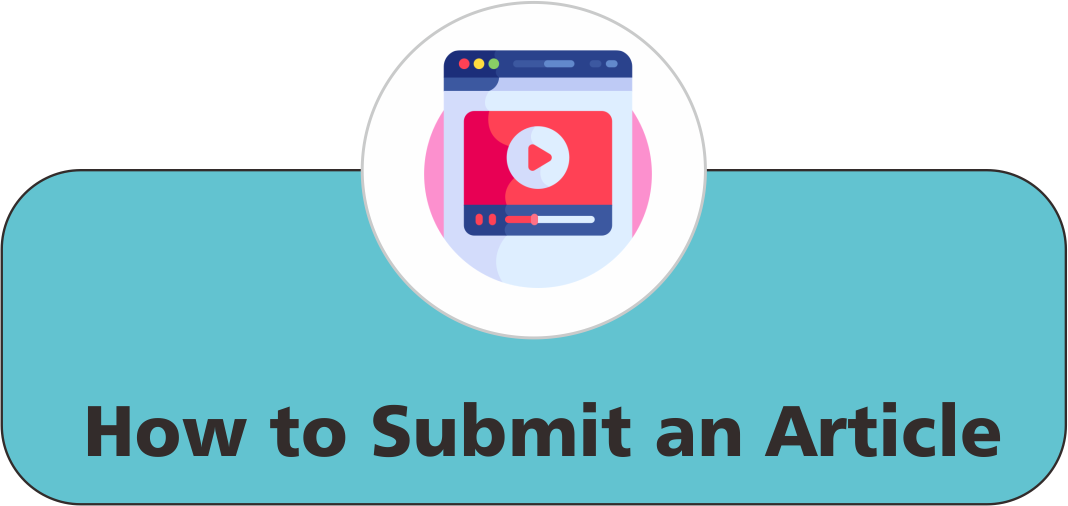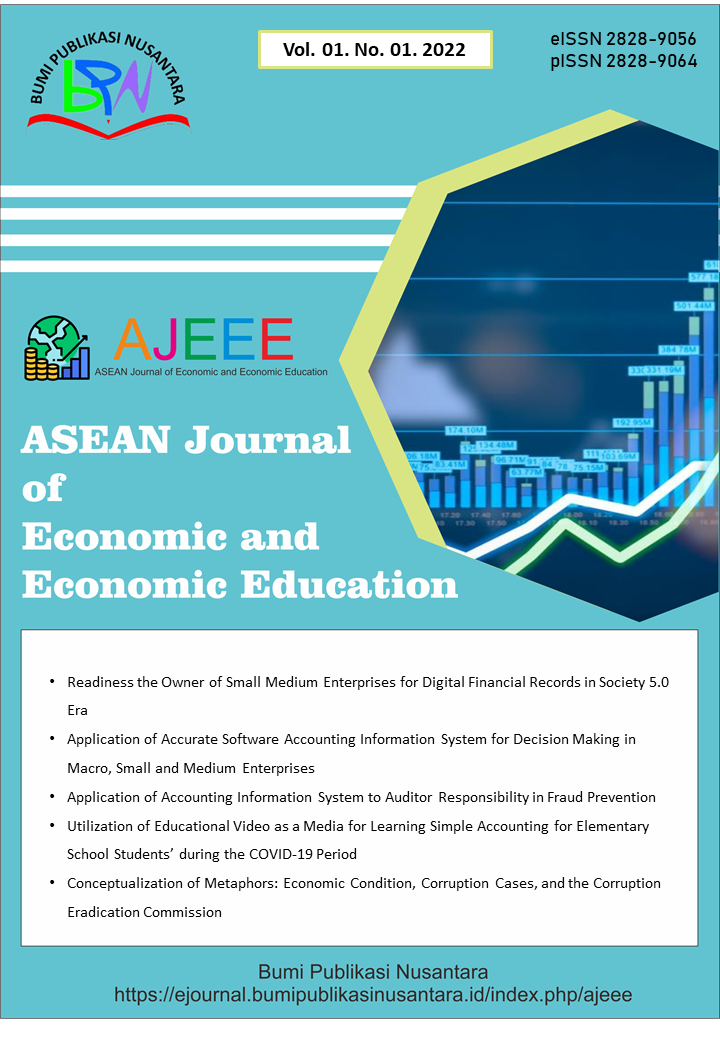Conceptualization of Metaphors: Economic Condition, Corruption Cases, and the Corruption Eradication Commission
 ), Undang Sudana(2),
), Undang Sudana(2),
(1) Universitas Pendidikan Indonesia
(2) Universitas Pendidikan Indonesia
 Corresponding Author
Corresponding Author
Abstract
Keywords
References
Cameron, L. (2007). Confrontation or complementarity? Metaphor in language use and cognitive metaphor theory. Annual Review of cognitive linguistics, 5(1), 107-135.
Group, P. (2007). MIP: A method for identifying metaphorically used words in discourse. Metaphor and symbol, 22(1), 1-39.
Haula, B., and Nur, T. (2018). Konseptualisasi metafora dalam rubrik opini kompas tahun 2018: kajian semantik kognitif. Mozaik Humaniora, 18(2), 149-156.
Hinman, L. M. (1982). Nietzsche, metaphor, and truth. Philosophy and Phenomenological Research, 43(2), 179-199.
Makaroğlu, B., Akkök, E. A., and Aksan, Y. (2018). Verbs in Turkish Sign Language: A cognitive linguistic approach. Dilbilim Araştırmaları Dergisi, 29(1), 119-137.
Ortony, A., Reynolds, R. E., and Arter, J. A. (1978). Metaphor: Theoretical and empirical research. Psychological Bulletin, 85(5), 919.
Paton, R. C. (1992). Towards a metaphorical biology. Biology and Philosophy, 7(3), 279-294.
Stern, J. (2008). Metaphor, semantics and context. The Cambridge handbook of metaphor and thought, 564, 564.
Winter, B. (2019). Synaesthetic metaphors are neither synaesthetic nor metaphorical. Perception metaphors, 19, 105-126.
Wiradharma, G., and WS, A. T. (2016). Metafora dalam lirik lagu dangdut: kajian semantik kognitif. Arkhais-Jurnal Ilmu Bahasa dan Sastra Indonesia, 7(1), 5-14.
Article Metrics
Abstract View : 1214 times
: 1214 times Download : 755 times
Download : 755 times
Refbacks
- There are currently no refbacks.
Copyright (c) 2022 Yayasan Bumi Publikasi Nusantara

This work is licensed under a Creative Commons Attribution-ShareAlike 4.0 International License.



_publication_ethics1.png)



